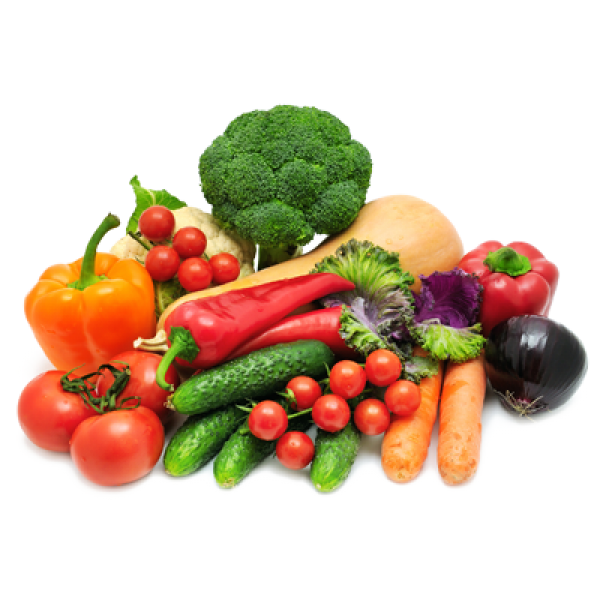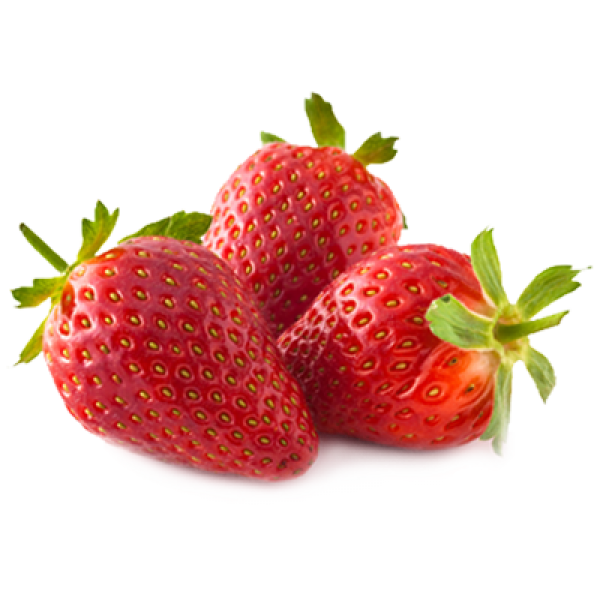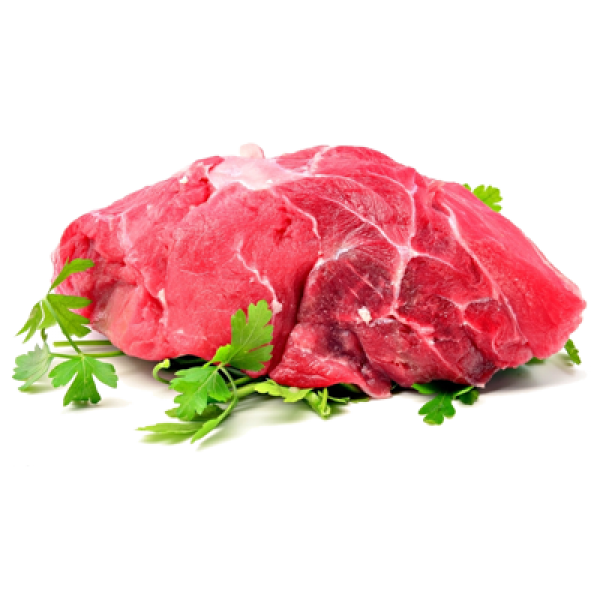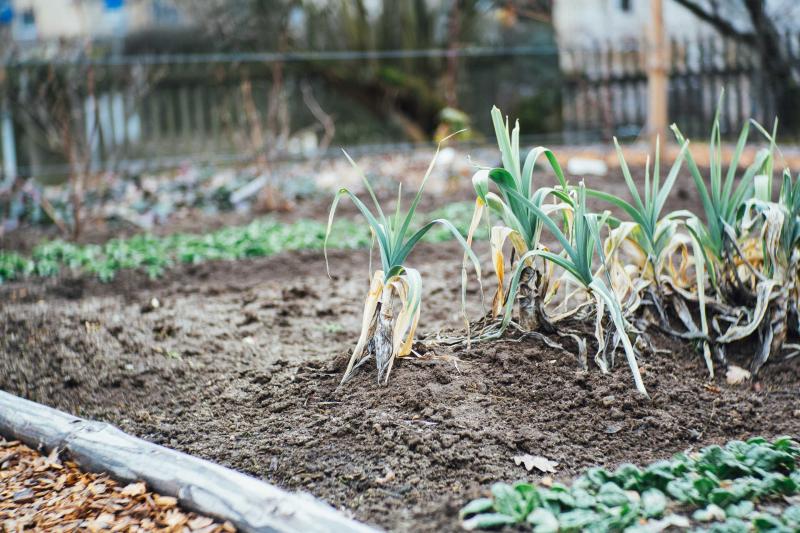The Art of Harvesting Organic Vegetables: A Step-by-Step Guide
Imagine stepping into your garden, where vibrant colors burst from every corner and the air is filled with the earthy scent of freshly harvested vegetables. The satisfaction of plucking a ripe tomato or crisp cucumber right off the vine is unparalleled. If you've ever dreamed of cultivating your own organic vegetable patch, you're not alone. In an era where health-conscious choices are paramount, organic farming has emerged as a beacon for those looking to grow their food sustainably.
But there's more to harvesting than just picking what’s ready. It's an art that combines timing, technique, and knowledge about each plant's unique needs. This guide will take you through every step of the process: from understanding the principles behind organic farming to mastering methods for storing your bounty effectively.
Whether you’re a seasoned gardener or just starting out on this green journey, there’s joy in nurturing plants and witnessing them flourish under your care. Let’s delve deep into the world of harvesting organic vegetables from an Indian perspective—embracing traditions while exploring modern techniques that ensure sustainability and flavor thrive hand-in-hand.
What is Organic Farming?
Organic farming is a holistic approach to agriculture that prioritizes natural processes and biodiversity. Instead of relying on synthetic fertilizers or pesticides, it emphasizes the use of organic inputs, such as compost and natural pest deterrents. This method nurtures the soil, ensuring its health for generations.
Farmers practicing organic methods often rotate crops and use cover crops to enrich the soil. These techniques enhance nutrient availability while preventing erosion.
Additionally, organic farming promotes ecological balance by encouraging beneficial insects and microorganisms. It recognizes that every element in nature plays a crucial role in maintaining healthy ecosystems.
In India, this practice also intertwines with traditional agricultural wisdom passed down through generations. Local farmers draw upon age-old techniques that harmonize with their environment, offering insights into sustainability.
The result? Nutritious produce free from harmful chemicals—delicious food cultivated with care for both consumers and the planet.
Benefits of Harvesting Organic Vegetables
Harvesting organic vegetables offers numerous advantages that extend beyond just taste. One of the most significant benefits is the absence of harmful chemicals. Organic farming practices prioritize natural methods, ensuring your food is free from synthetic pesticides and fertilizers.
The flavors are often richer and more vibrant when you grow your own produce. Freshly harvested vegetables maintain their nutrients better compared to those stored in supermarkets for days or weeks.
Another key benefit lies in environmental sustainability. Organic farming promotes biodiversity, healthier soil, and reduced pollution, making it a friendlier choice for our planet.
Additionally, there's an undeniable satisfaction that comes from growing your own food. It fosters a deeper connection with nature and encourages mindful eating habits—a rewarding experience for both body and soul.
Preparing Your Garden for Harvesting
Preparing your garden for harvesting is an essential step to ensure the best yield. Start by assessing your plants closely. Look for signs of ripeness, such as color changes and firmness.
Clear away any weeds surrounding your vegetables. Weeds can compete for nutrients and moisture, affecting the health of your crops.
Next, gather all necessary tools—baskets, scissors or pruners, and gloves. Having everything ready will streamline the process.
Consider checking the weather forecast too. A cloudy day might be ideal for picking tender greens since they can wilt quickly under direct sunlight.
Take a moment to mentally plan how you’ll organize your harvest. Sorting them right after picking helps maintain freshness and makes storage easier later on.
The Best Time to Harvest
Timing is everything in the world of harvesting. For organic vegetables, knowing when to pick can significantly affect flavor and texture.
Most crops have specific indicators that signal ripeness. Color is often your best friend; vibrant hues suggest readiness. For example, tomatoes should be a rich red before you pluck them from the vine.
Another clue lies in size. A cucumber that’s too large may become bitter, while a smaller one could be more tender and flavorful. Always refer to guidelines for each vegetable type.
In addition to visual cues, touch plays an essential role. Gently squeeze or feel for firmness—this ensures you're not picking under-ripe produce.
Consider the weather conditions. Harvesting during cooler parts of the day preserves freshness better than doing so under harsh sunlight. Pay attention to these nuances for a bountiful harvest!
Techniques for Picking and Storing Vegetables
Picking vegetables at the right time is crucial for preserving their flavor and nutrients. Gently twist or cut the stems to avoid damaging the plant. For leafy greens, use scissors to snip leaves just above the base, allowing regrowth.
After harvesting, proper storage extends freshness. Most vegetables thrive in a cool environment. Use breathable bags or containers to prevent moisture buildup.
Root vegetables like carrots can be stored in sand or sawdust in a cool spot. Tomatoes do best at room temperature until fully ripe before moving them into refrigeration.
Remember that not all veggies require cold; some herbs flourish when left out of the fridge, enjoying fresh air and sunlight instead.
Experiment with different methods to see which works best for your harvest and local climate conditions.
Recipes to Utilize Your Fresh Harvest
Freshly harvested organic vegetables open up a world of culinary possibilities. Start with a vibrant vegetable stir-fry, tossing together your favorites like bell peppers, zucchini, and carrots in olive oil. A sprinkle of herbs can elevate the dish.
For those looking for something hearty, consider making a garden vegetable soup. Simply simmer diced tomatoes, onions, and any seasonal greens you have on hand. The flavors meld beautifully.
If you're feeling adventurous, try pickling your cucumbers or radishes. This method not only preserves them but also adds an exciting tangy crunch to salads and sandwiches.
Don't forget about fresh salads! Combine leafy greens with cherry tomatoes and cucumber slices for a refreshing side dish drizzled with lemon vinaigrette.
Use that bountiful harvest in smoothies—spinach or kale added to fruit blends provides nutrition without compromising flavor. Enjoy experimenting with these ideas!
How to Continue the Cycle of Organic Farming
Continuing the cycle of organic farming requires dedication and mindfulness. Start by saving seeds from your best plants. This not only preserves heirloom varieties but also adapts crops to local conditions.
Crop rotation plays a pivotal role in maintaining soil health. Alternate planting different families of vegetables each season to prevent pests and diseases while enriching the soil.
Incorporate natural fertilizers like compost or manure, which improve nutrient content without harmful chemicals. Regularly test your soil to understand what it needs for optimal growth.
Stay attuned to seasonal changes as they impact plant cycles and pest populations. Observe nature; it's a great teacher on when to sow, harvest, and rest your garden.
Engage with local communities through workshops or farmer’s markets. Sharing knowledge fosters innovation and keeps you motivated in this fulfilling journey toward sustainable agriculture.
Conclusion
Harvesting organic vegetables is more than just a task; it’s an experience that connects you to the earth. It allows you to appreciate the fruits of your labor while promoting health and sustainability. By understanding the principles of organic farming, preparing your garden properly, knowing when to pick, and using effective techniques for harvesting and storage, you can ensure a bountiful yield.
Embracing this journey not only benefits your body but also contributes positively to the environment. Each step from planting seeds to cooking fresh meals enriches your life with knowledge and satisfaction.
Incorporating seasonal recipes showcases what you've grown while inspiring creativity in the kitchen. Moreover, nurturing soil health through sustainable practices paves the way for future generations of gardeners.
As we move forward in our relationship with food production and consumption, fostering this cycle reinforces its importance within our communities—especially from an Indian perspective where agriculture holds cultural significance.
So dig into these practices with joy and enthusiasm. Your commitment not only rewards you at harvest time but nurtures a legacy of healthful living for years to come.







